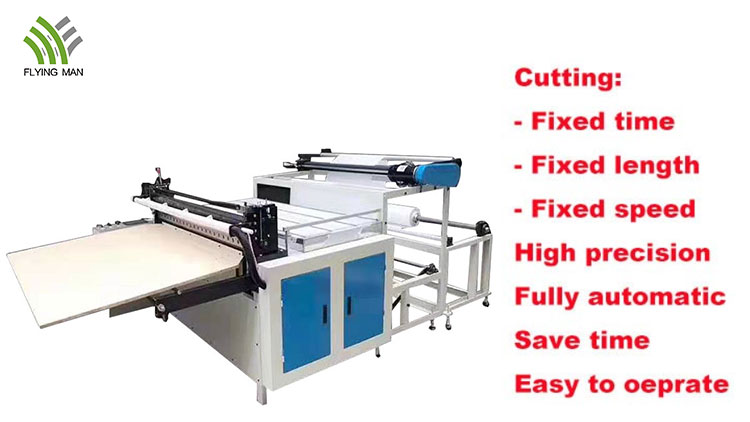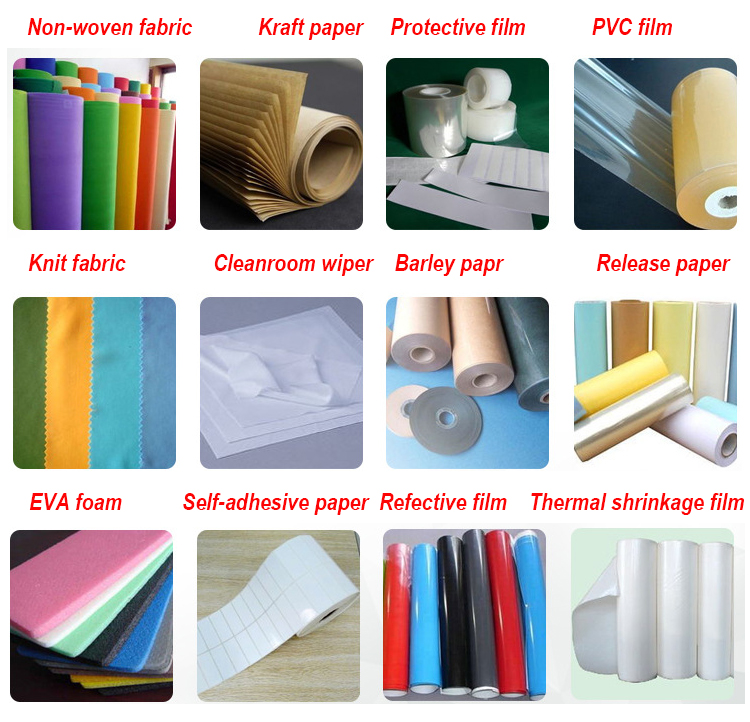In the implementation of this project, the biggest difference from the previous technical route is the formation and management of self-made material code. Shanghai Machine Tool Plant (predecessor of Shanghai Machine Tool Works Co., Ltd.) was founded in 1946 and is the largest professional manufacturer of precision grinding machines and precision measuring instruments in China. The company covers an area of ​​354,200 m2, has a constant temperature workshop of 15,300 m2, and has more than 1,200 processing equipment (sets). Among them, a number of CNC machine tools, equipment and production lines have advanced international standards. From 1988 to 1993, the company used the World Bank loan to rationalize and modernize the plant. It introduced the digital camshafts, crankshafts, and camshaft grinders of the Landis Grinding Company of the United States, and precision coordinate measurement of the Leitz company in Germany. Machines, Germany Siemens (SIEMENS) grinding machine CNC system and other manufacturing technology for the company's scientific and technological progress and product upgrades laid a solid foundation. Since 1950, the company has produced various kinds of grinding machines, and its varieties and specifications account for one-third of the country's grinding machine industry. The main products include cylindrical grinders, universal cylindrical grinders, surface grinders, roll grinders, crankshaft grinders, double-end grinders, spline shaft grinders, gear grinding machines, thread screw grinders, camshaft grinders, elliptical chamfer grinders and many others. General grinding machines, special grinding machines, CNC grinding machines, and coordinate measuring machines, roundness measuring instruments, gear oil pumps, diamond rollers, etc. A variety of products have won the Shanghai and National Quality Product Awards, and are among the leading domestic level. General introduction of PDM project Shanghai Machine Tool Factory attaches great importance to product design and has strict management methods. However, there are many problems in terms of efficiency, technology, etc. through manual electronic data management. There is a gap between the version and borrowing management of electronic data resources. Data sharing between designers is basically achieved through the experience of designers and familiarity with products. There is no good product resource management and search. In a way, design resources cannot be effectively shared. And with the continuous expansion of the company's technology department, new designers are more familiar with the product for a long time and it is difficult to quickly take over new jobs. From the perspective of the entire enterprise level, other departments cannot provide an effective query tool when consulting the information of the technical department. Fig.1 Diagram of coding system of Shanghai Machine Tool Plant The factory management attaches great importance to information construction and informationization is also earlier in China. In order to fundamentally solve the above problems, they decided to establish a product data management platform that supports enterprise design and process technology management. Through the detailed inspection of PDM/PLM products and software vendors' strength at home and abroad, we finally chose to have many successful integrated solution cases in the machine tool industry, and to establish an information strategy for Exxon, which has a deep understanding of manufacturing informationization. Cooperation relationship. 1. Carry out basic application of CAD and PDM to assist in generating and managing standardized product data In the mechanical design, combined with the CAD system, share the basic database of the ERP on the basis of sharing the unified product database, and in the process of generating the working data, provide tools to read the ERP basic data, fill in the file, and automatically batch The data is centrally managed into the PDM system. Increase data validation and data analysis tools to ensure product data consistency in PDM and ERP databases. 2. Support workflow application, standardize technical management work, improve data accuracy According to the “Design-Assembly-Assembly Design-Part Design†process commonly used in machine tool development, workflow management techniques are used in product design and design changes to assign tasks, manage work data, and perform online approval and archiving. The control of release, release and change will enable good management of product data in the process of production and reduce the quality problems arising from the production process. Organize the product structure, report, and other information generated during the work process in a tree structure, provide redline annotations, electronic signatures, and other means to assist in on-line approval work, record approval results, and make technical management work more standardized. 3.CAD\PDM\ERP tightly integrated to provide accurate product data for key applications of ERP The ultimate goal of all the work is to enable the ERP system to be fully applied and to ensure that the ERP system can obtain complete, consistent and accurate product data in CAD and PDM for a large number of meticulous processing tasks. Through the PDM system, the design BOM information is distributed to the ERP system, and the process BOM information is distributed to the ERP system through the structure adjustment of the CAPP. The BOM information of the process is combined with the process route and the quota information to form the manufacturing BOM information required by the ERP system. In order to provide qualified product structure information for the ERP system. PDM/CAPP project innovation In the process of continuous exploration of information, the plant has always believed that establishing a scientific coding system suitable for the future development of the company is an important foundation for information construction. From 2000 to 2005, they organized several times to write and test the coding system, and the coding system was easily written. Shanghai Machine Tool Factory's coding system is characterized by the combination of a stream code and a classification code. The stream code is used to uniquely identify the material code. The classification code is applied to the classification and inquiry of materials, and is applied to the production using group technology to increase labor productivity. The overall coding rules are as follows: Before the project started, the two parties had conducted in-depth communication on how to use the PDM system to generate and manage the code. Finally, in the implementation plan, it was determined that the unique unified coding system of Exeter was used to solve the generation and management of the code. 1. The establishment of material coding rules In order to establish the coding system, it is first necessary to determine which part of the code is included (here, collectively referred to as the code segment) according to the numbering rule of the coding system; the type of the code segment is a fixed value, a sub-type selection, a date type, an account type, and an input type. , script type, serial number, etc.; the relationship between the code segment and the code segment, and the code segments are arranged in the order determined by the relationship. According to the above information, according to the material coding system of Shanghai Machine Tool Works in the unified coding system, the material rules for mechanical parts, components, and blank parts were established, similar to the following figure: 2. Application for self-made material code Applications for self-produced material codes can be implemented in both the XTPDM system and Exeter's TeamDesigner software, allowing designers to operate in both environments. At the time of application, the designer can either apply for a material code that is not available in the system or look up an existing material code in the material code library. The code applied for has obtained the material code (flow code + classification code) of the part, and at the same time has obtained the material code (flow code + classification code) corresponding to the blank part according to the rules. After the selected part material code, the material code of the blank part is implemented through a secondary development script. figure 2 The parts flow code, classification code, rough flow code, and classification code data applied for are written in the corresponding attributes of the drawing title bar according to the corresponding configuration. This completes the application of the self-made parts material code in the 2D design environment. recording. 3. Query code For the material codes already existing in the system, the designer can directly query the codes according to the categories, and the results obtained can be directly fed back to the attributes of the detailed part number or title bar. 4. PDM for material coding management In XTPDM, material flow codes, classification codes, rough flow codes, and classification codes are saved to the PDM database along with the current part number. The part number here refers to the machine tool industry from the design, process up to production, all departments are very familiar with the expression method: product model + part number + part number, in PDM as the only identification code. This way of processing not only satisfies the need for users in the system to still view the product structure, parts and components, and generate reports in accordance with existing habits, and completes the main tasks of design review, change, and configuration. At the same time, it can also use the classification code to query the serial number. , part number, to meet the operational needs of the user. When the product structure is integrated with ERP, two methods are also provided. One is to pass the product structure with the current part number as the only identifier, and the material flow code, classification code, blank classification code, and stream code are used as the material attributes; the other method Pipeline codes are used as the unique identifier to convey the product structure, while the classification code and the current part number are passed as attribute values. This satisfies the company's requirements for material coding integration. Overall results of PDM project application The PDM project had a smooth cooperation with the Shanghai Machine Tool Plant. Through the inspection and acceptance of the two organizations, the technical route involved, except for the integration with the ERP, has not ended. The technical routes and application subsystems have been obtained by the Shanghai Institute of Machine Tools, Milling Research Institute and Shangyi Company. Promotion and application have a demonstration effect on the same industry.
Transverse Cutting Machine
This high speed transverse cutting machine is driven by high precision stepper motor and controlled by PLC microcomputer for fixed length, positioning and quantitative cutting of rolled materials.
Flying Man high speed cutting machine has below advantages: High precision, Low loss, Fixed timing, Fixed speed and fixed length cutting, High efficiency, Save time and effort.
Auto Label Sheeter,Paper Sheeter Machine,Transverse Cutting Machine,Paper Roll Cutting Machine Suzhou Flying Man Assembly Automation Co., Ltd. , https://www.flyingmans.com


Cutting materials: PVC film, PE film, non-woven fabric, Kraft paper, release paper, highland barley paper, insulating paper, release paper, copper foil, aluminum foil, gold and silver card paper, plain rainbow paper, positioning laser transfer paper, white board paper plastic sheet, PET film, reflective film, OPP film, PE film, hot melt film, heat transfer printing film, all kinds of non-woven fabric, insulating paper, beautiful grain paper, etc.
Automatic cutting machine is assembled slitting knives on standard cutting machine and meet the slitting requirement of customers.

Make machine tooling more informative
-- Application Analysis of Shanghai Machine Tool Plant PDM Project